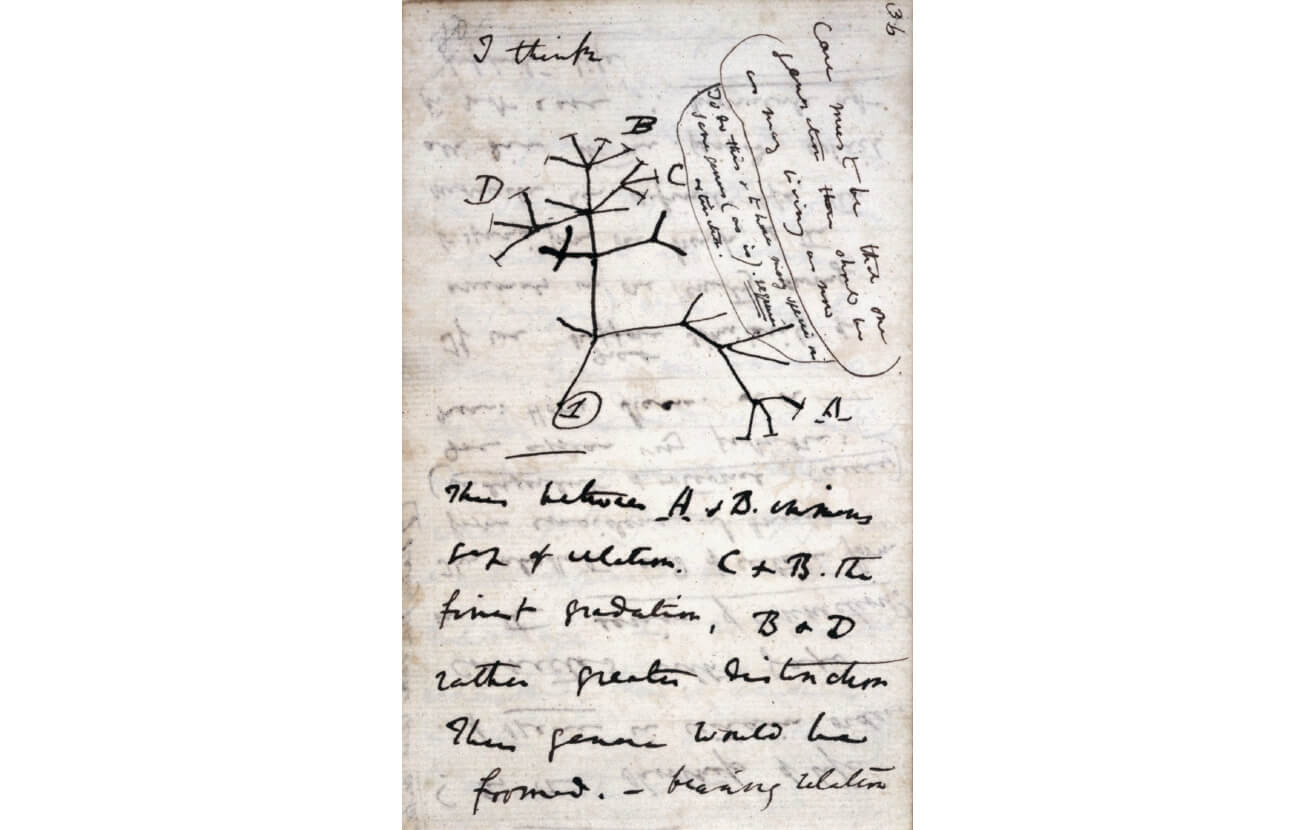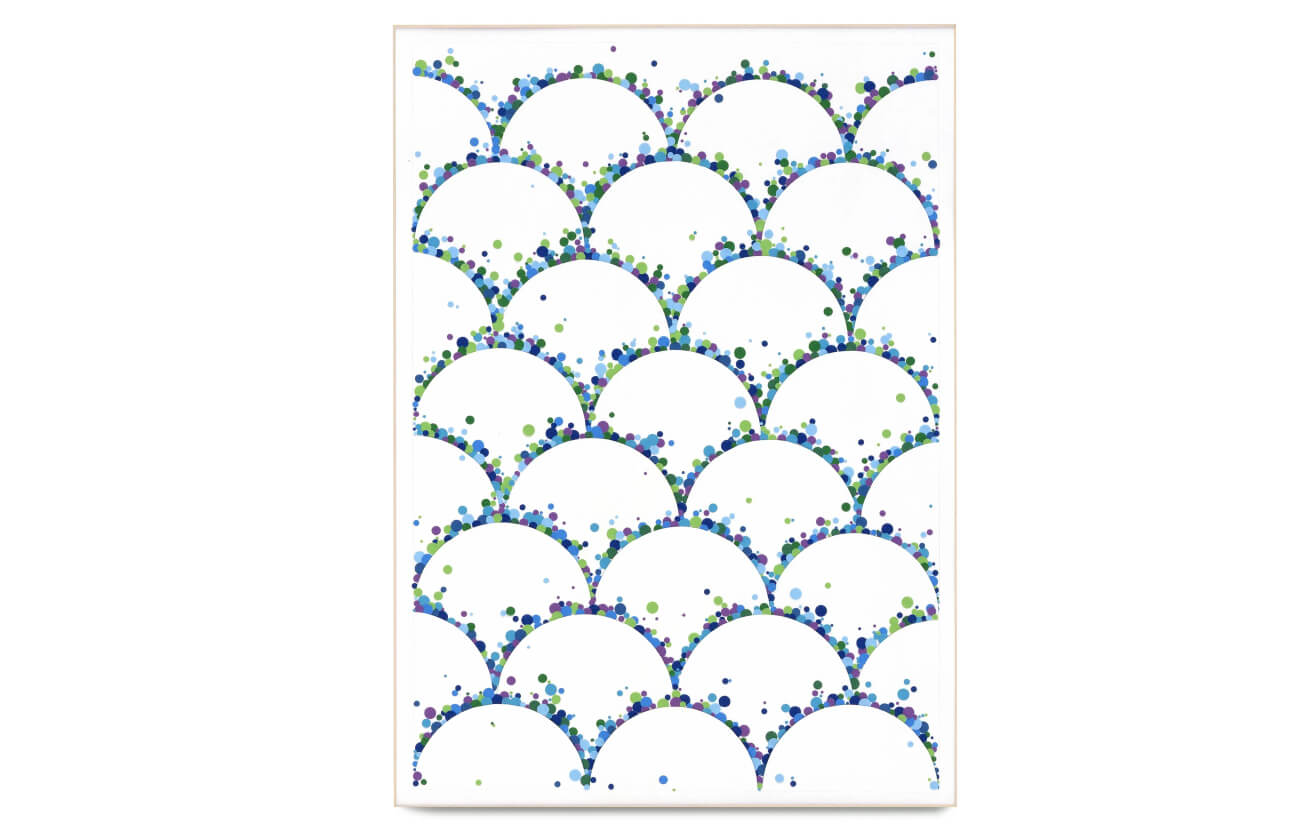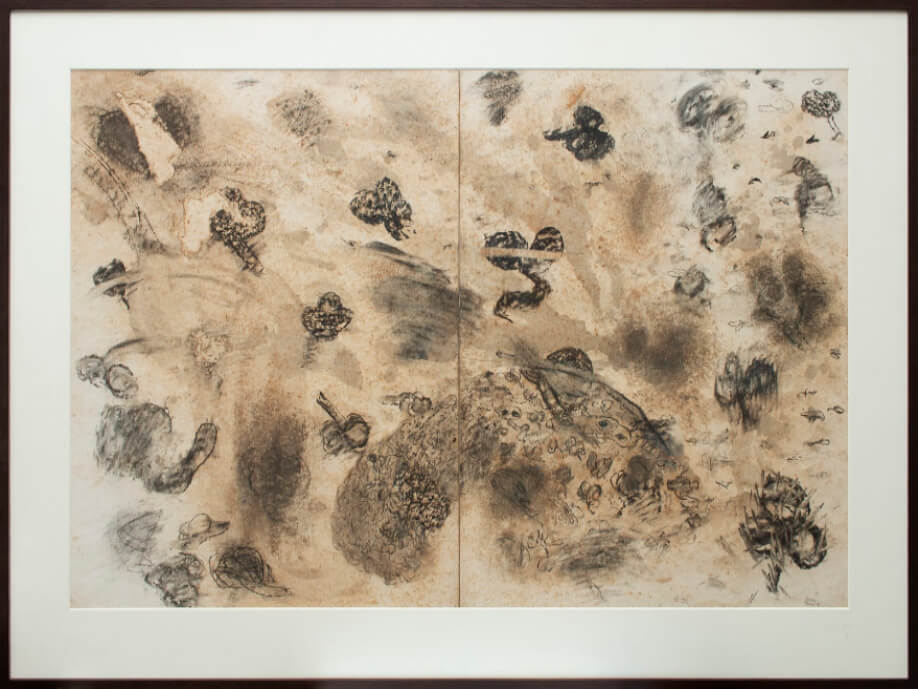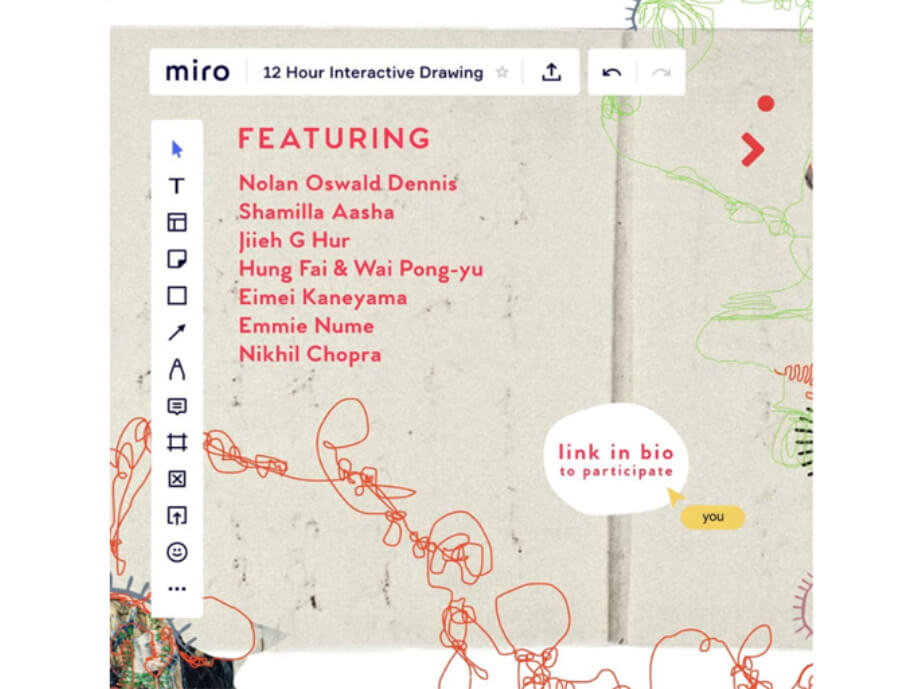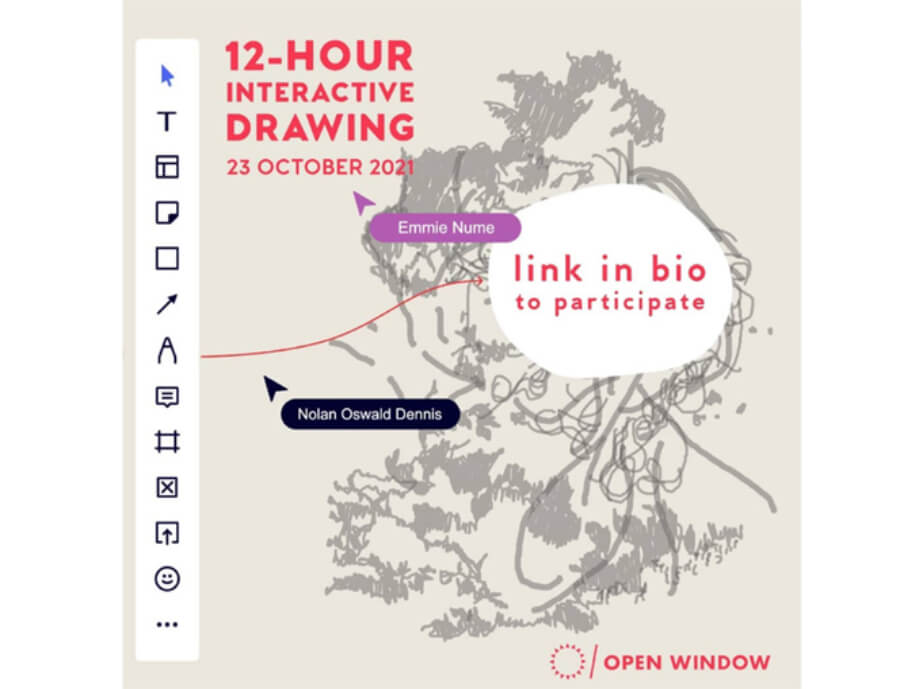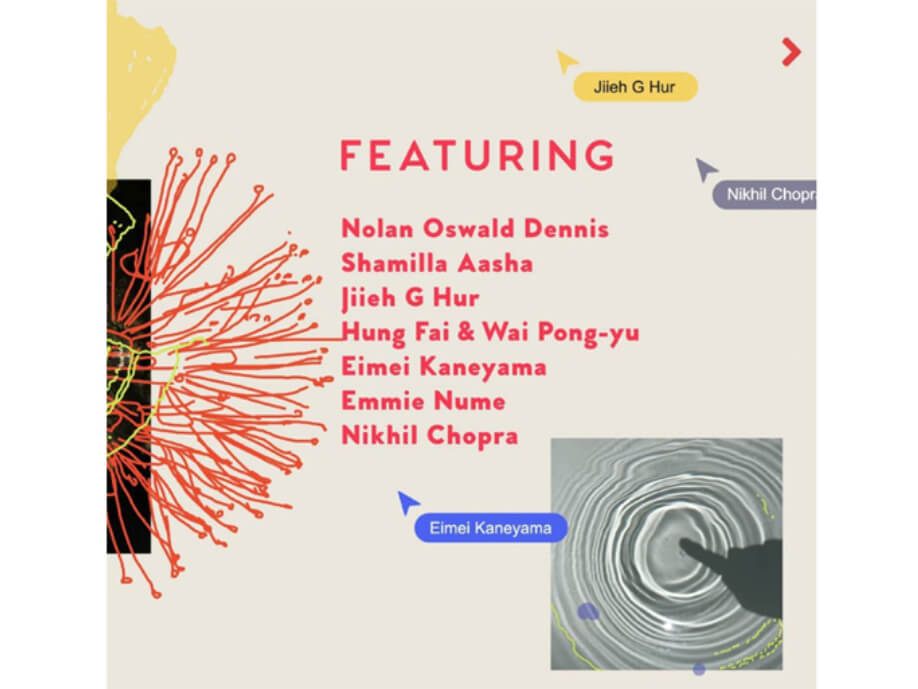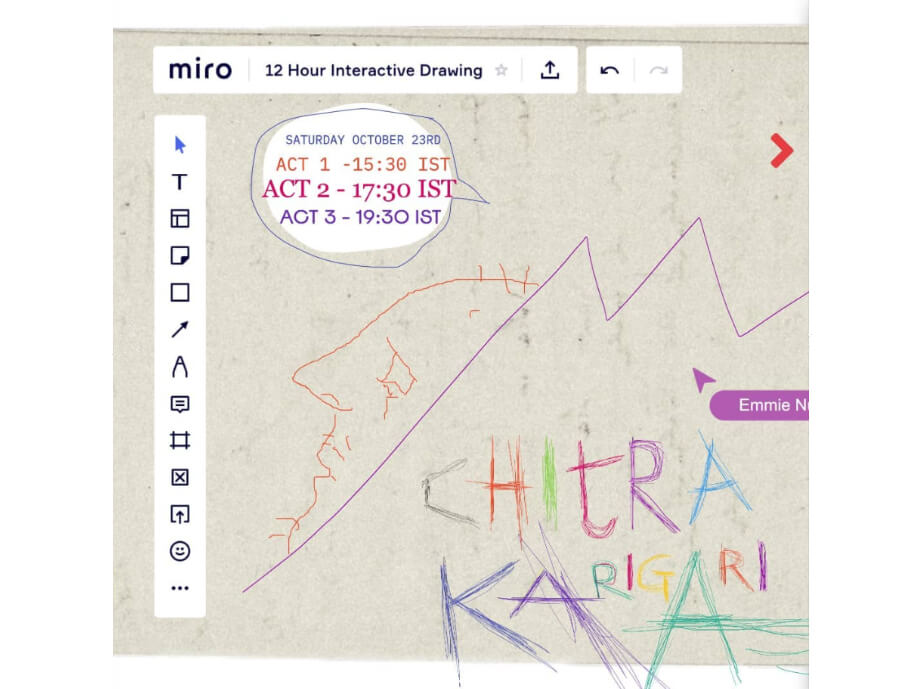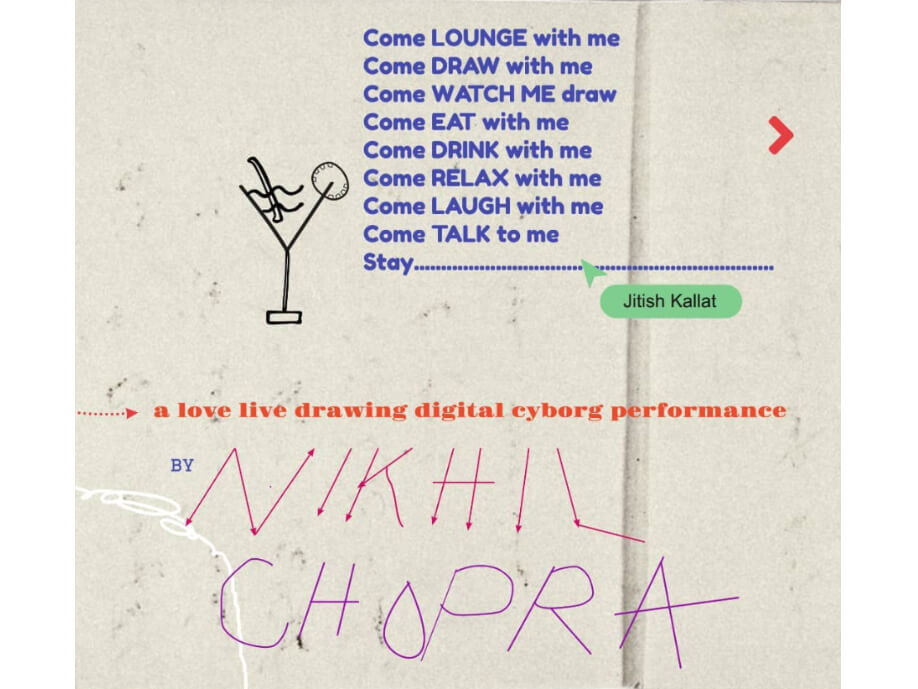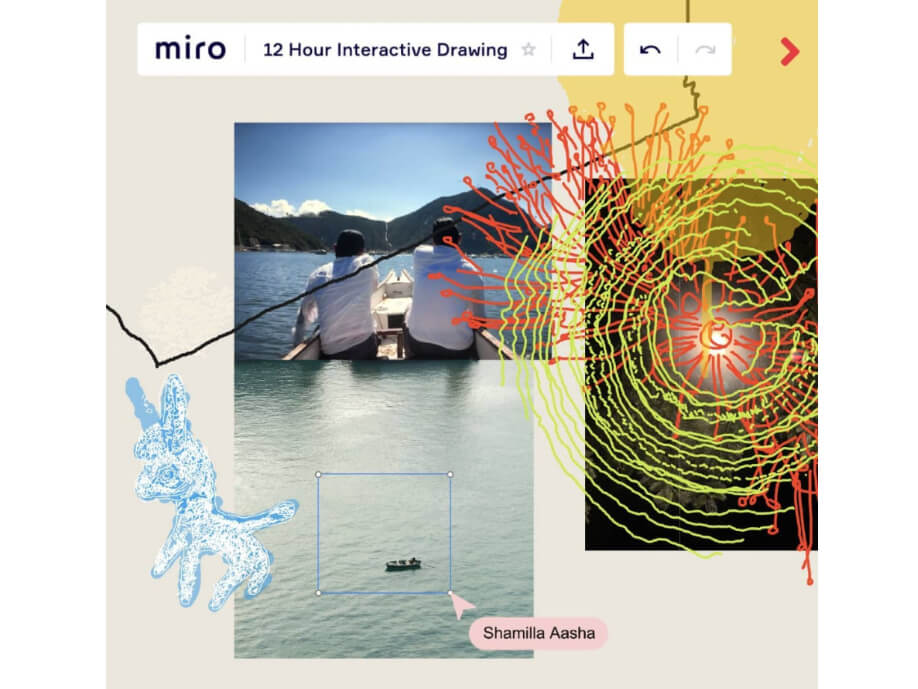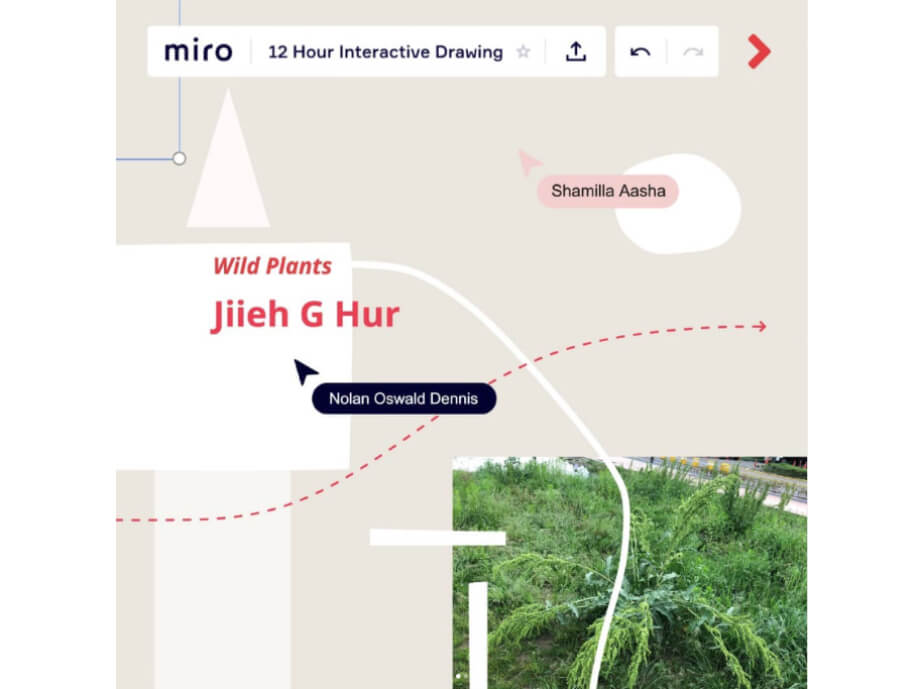SOUTH SOUTH’s inaugural Curatorial Projects titled I draw, therefore I think curated by artist and curator Jitish Kallat. This drawing project was prompted by Charles Darwin’s 1837 sketch ‘Tree of Life’ in which he scribbled down a framework for his speculations in his first “transmutation notebook”.
60 Artists
28 Galleries
29 Countries
In July of 1837, attempting to grasp the mysterious enigma of evolution, Charles Darwin scribbled down a framework for his speculations in one of his first “transmutation” notebooks. This intuitive drawing of an evolutionary tree, marked by the words ‘I think’, is a precursor to Darwin’s radical theory of evolution, common descent, differential survival and natural selection. Did he first write the words ‘I think’ and then proceed to draw when words could not capture his emergent thoughts? Or did the drawing precede the words? Darwin’s sketch points to the core of the ruminative process – of discovery, observation and creativity – where ideas produce images and images, in turn, procreate ideas. The curatorial process began with presenting this drawing, and questions emergent from it, as ‘prompts’ to think about the very process of drawing, as well as placing the question of ‘evolution’ – in its broadest interpretation – at the very centre of our inquiry. Darwin’s explorations of our common origins are foundational to our present-day understanding of our shared beginnings with all other living species. Moreover, we now know that primordial stars generated the raw materials of life and that most of the elements present in our bodies originated in the crucible of distant stars. Our line of descent and heredity in an expanded sense extends not just to our unicellular ancestors but also the very origin of the universe. Could such a reflection prompt a convergent view of our evolutionary future, abandoning our everyday sense of indifference and alienation from the web of life? How does our perception of time change when we place the everyday against the backdrop of deep time? Can drawing allow us to register patterns of mutations in our fast transforming world in its many dimensions: social, political, ecological, technological and aesthetic? These questions were circulated amongst artists and gallerists, allowing the exhibition to gradually configure as echoes registered from the ensuing conversation. One is witness to an expanse of approaches to drawing; from Rirkrit Tiravanija’s reflective chrome work that references Darwin and Duchamp, to Raqs Media Collective’s filmic sketch, to the bare lines evoking the body in Ana Mendieta’s work. The drawings in the exhibition range from the speculative to the quixotic, the calculated to the impulsive, from abstraction to figuration. The exhibition was conceived as a curatorial ‘thought experiment’, allowing a self-organising principle to assemble via a process of natural selection.
Jitish Kallat
